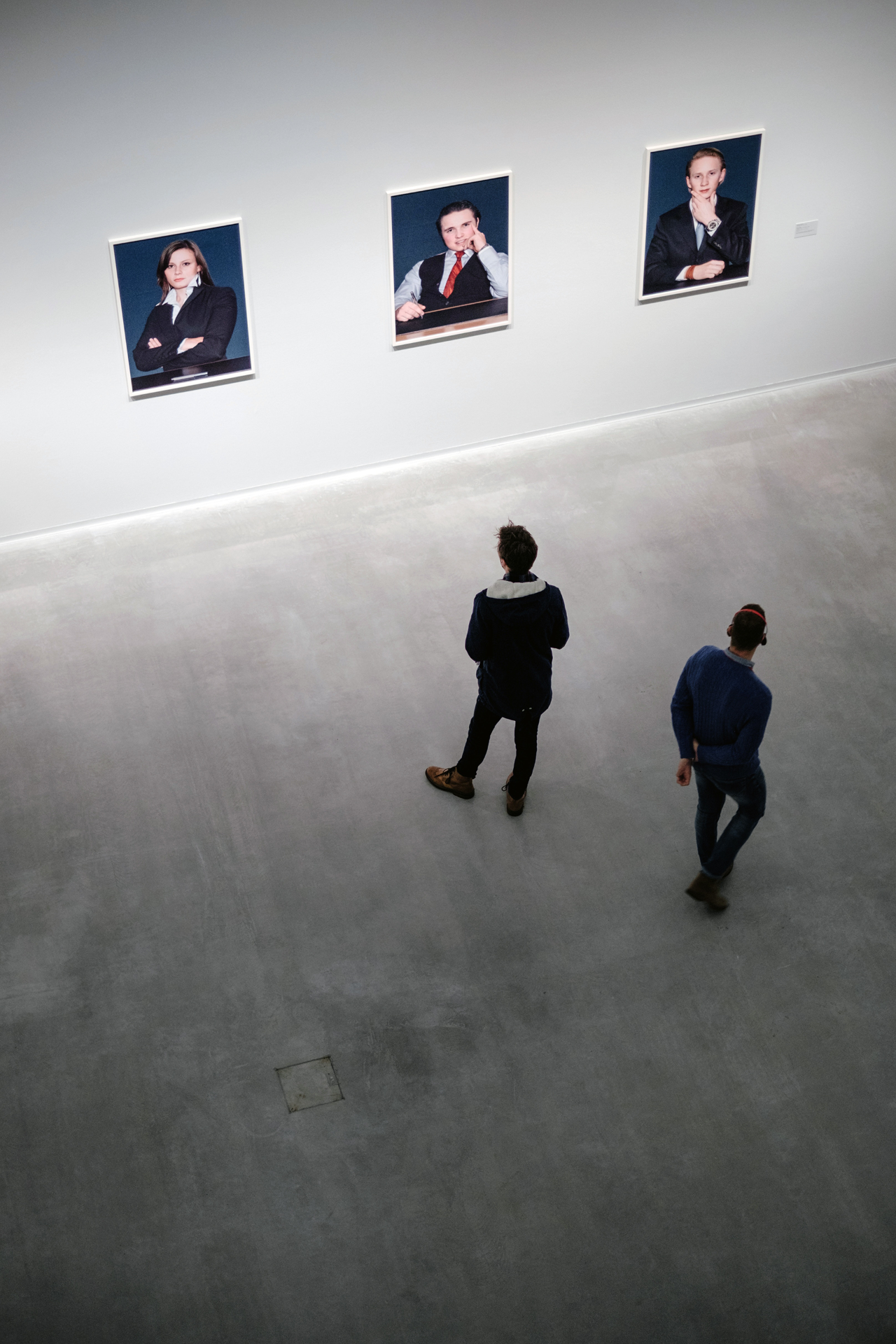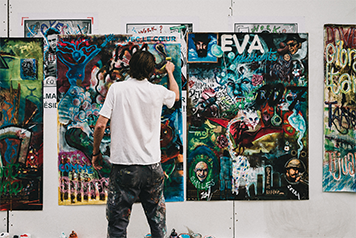Recently the U.S. Supreme Court heard oral arguments regarding the disputed ownership of a work of Danish French Impressionist, Camille Pissarro titled Rue Saint-Honore, dans l'après-midi. Effet de pluie ("Rue Saint-Honore in the Afternoon. Effect of Rain").

THE SIGNIFICANCE ART LAW & CRIME
by
Kimberly
Babin
A Quantitative Study on the Perceptions of Art Crime & Law
By Kimberly Babin
Introduction:
Why a study on the perceptions of Art Law and Crime?
Art Crime and Art Law impact the everyday lives of everyday people all over the world. Despite its glamorization in movies and the media, art crime creates real life problems and dilemmas for real people. In 2021 alone, we saw the widely publicized debate over the removal, protest, and graffitiing of historical monuments and sculptures, watched as NFTS (non-fungible tokens) exploded onto the market, and saw a billionaire collector ordered to surrender $70 million in stolen art and cultural antiquities.
How does this impact Me?
While Art Crime and surrounding laws may seem far removed from most of our daily lives, when we explore what art crime actually entails, we can better understand the severe ways it can be damaging to individuals, communities, and society as a whole. Art crime & law in often involve issues surrounding freedom of expression, looted art, intellectual property issues, art thefts, smuggling, forgeries, fakeries, vandalism, artists resale rights, moral rights, graffiti, public art, censorship, and issues including the illicit trade and trafficking of art, restitution of cultural objects, antiques & antiquities, treasure, iconoclasm, and money laundering often connected to terrorism funding and organized crime. These crimes This study provides insight on how the general public perceives art crime and asks if criminal justice students' perspectives differ.
Problem Statement:
In spite of the widespread reach of art crime and estimates that place it as the second largest criminal market behind drugs & weapons, there is both little awareness of its scope and seriousness, and many false perceptions surrounding its severity and consequences. Beliefs often held by the police, the public, and policymakers, tend to think of art crime as something that doesn't have much effect, and unfortunately minimize the significance and scope of what is reported to be an estimated fifty-billion-dollar illicit global market.
Learn more about us here... About us






